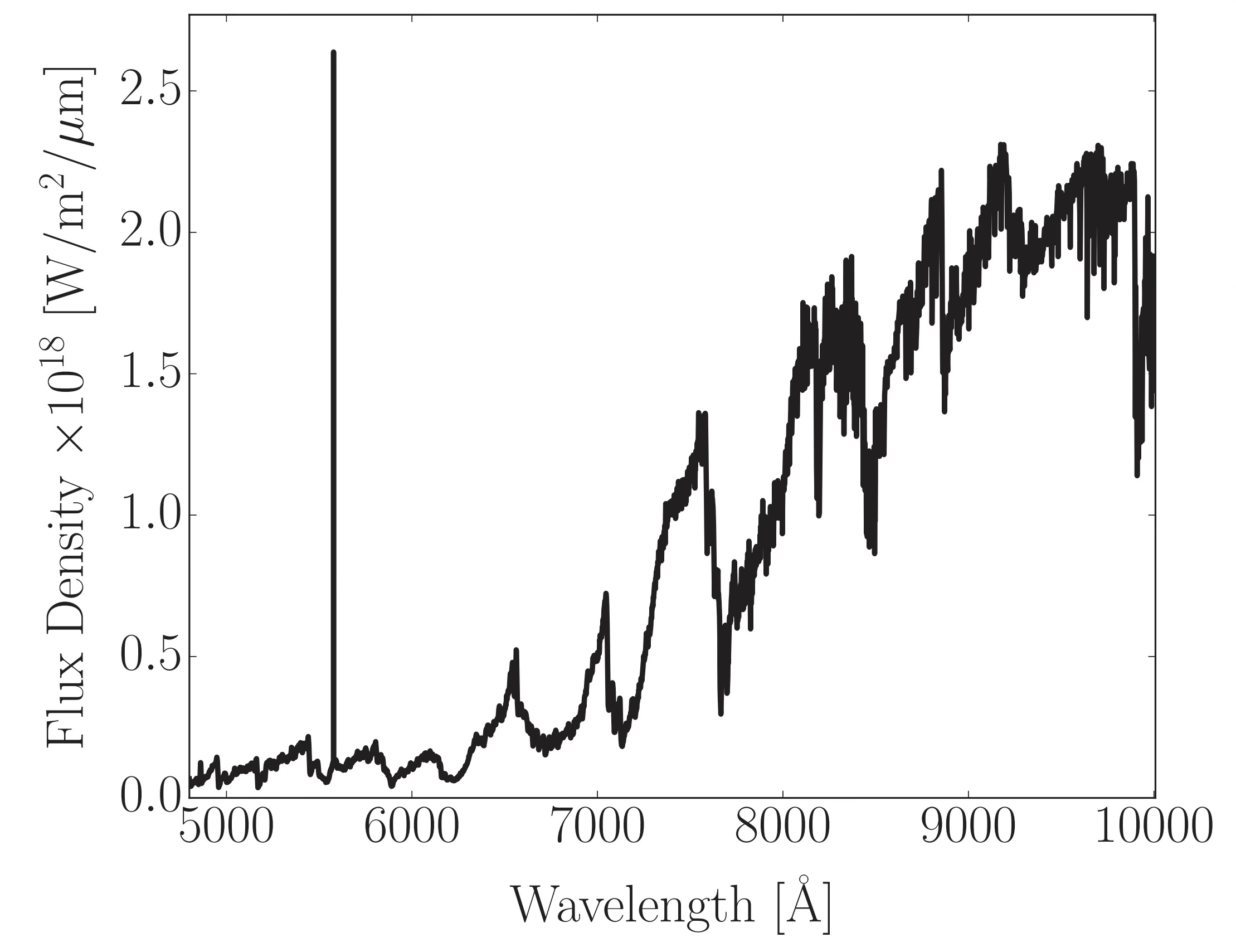In this paper I examined the feasibility of detecting auroral emission from the Proxima Centauri b, a potentially habitable Earth-mass planet around the star closest to our Sun. Detection of aurorae would yield an independent confirmation of the planet's existence, constrain the presence and composition of its atmosphere, and determine the planet's eccentricity and inclination, thereby breaking the mass-inclination degeneracy. Assuming Proxima Centauri b is terrestrial with an Earth-like atmosphere and magnetic field, I showed that the power in the 5577 Angstrom OI auroral line (shown in Figure 1) is on the order of 0.1 TW, more than 100 times stronger than that on Earth. I searched the Proxima Centauri b HARPS data for the 5577 Angstrom line and for other prominent oxygen and nitrogen lines, but found no signal. This is consistent with expectations: current facilities are simply not sensitive enough to make this detection. However, future high-contrast instrumentation on thirty-meter class facilities could be sensitive enough to detect this signal, which would be a huge step forward in the characterization of this potentially habitable planet. Check out the links above for the paper and the code I used to search for auroral emission.
